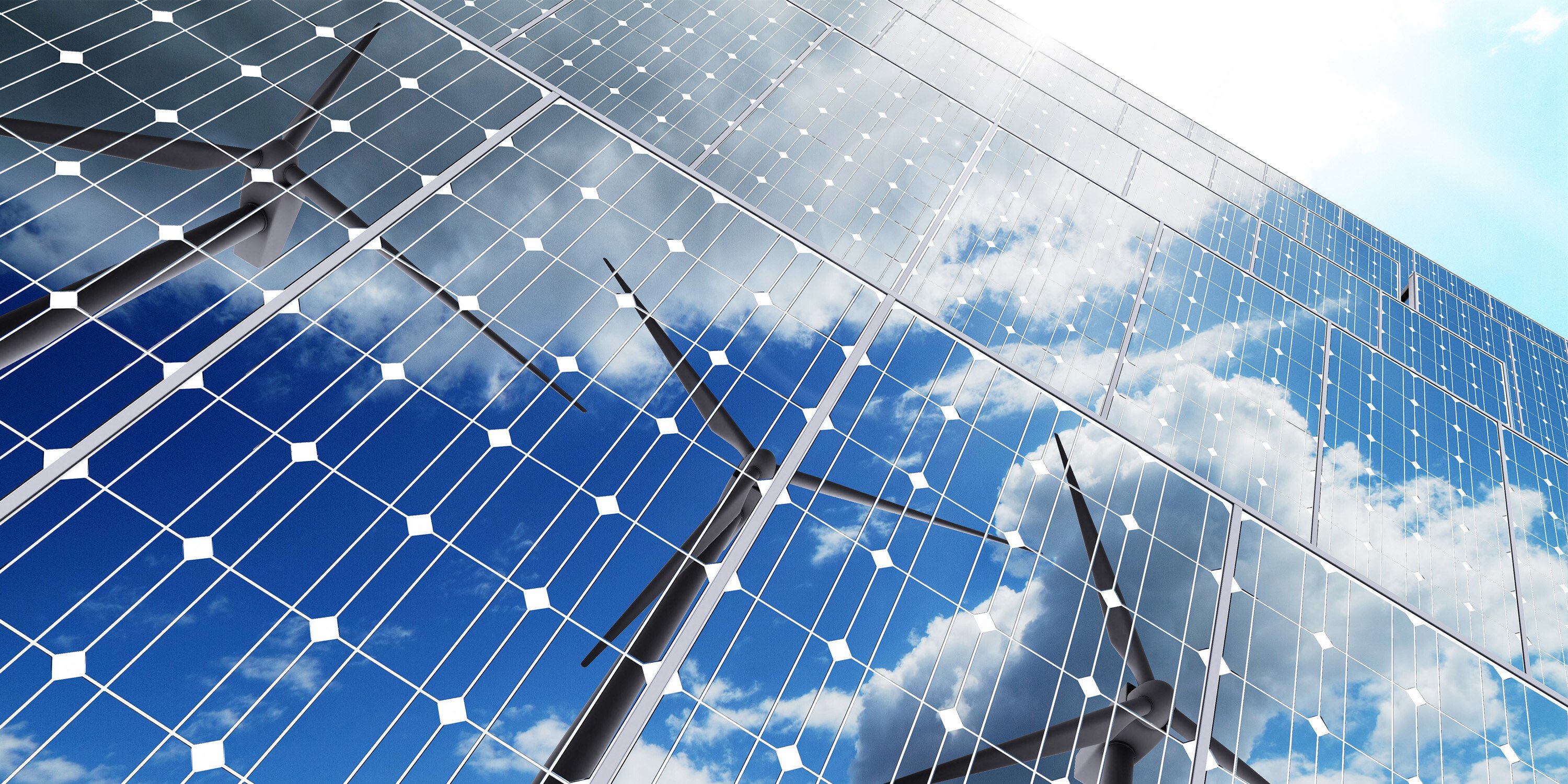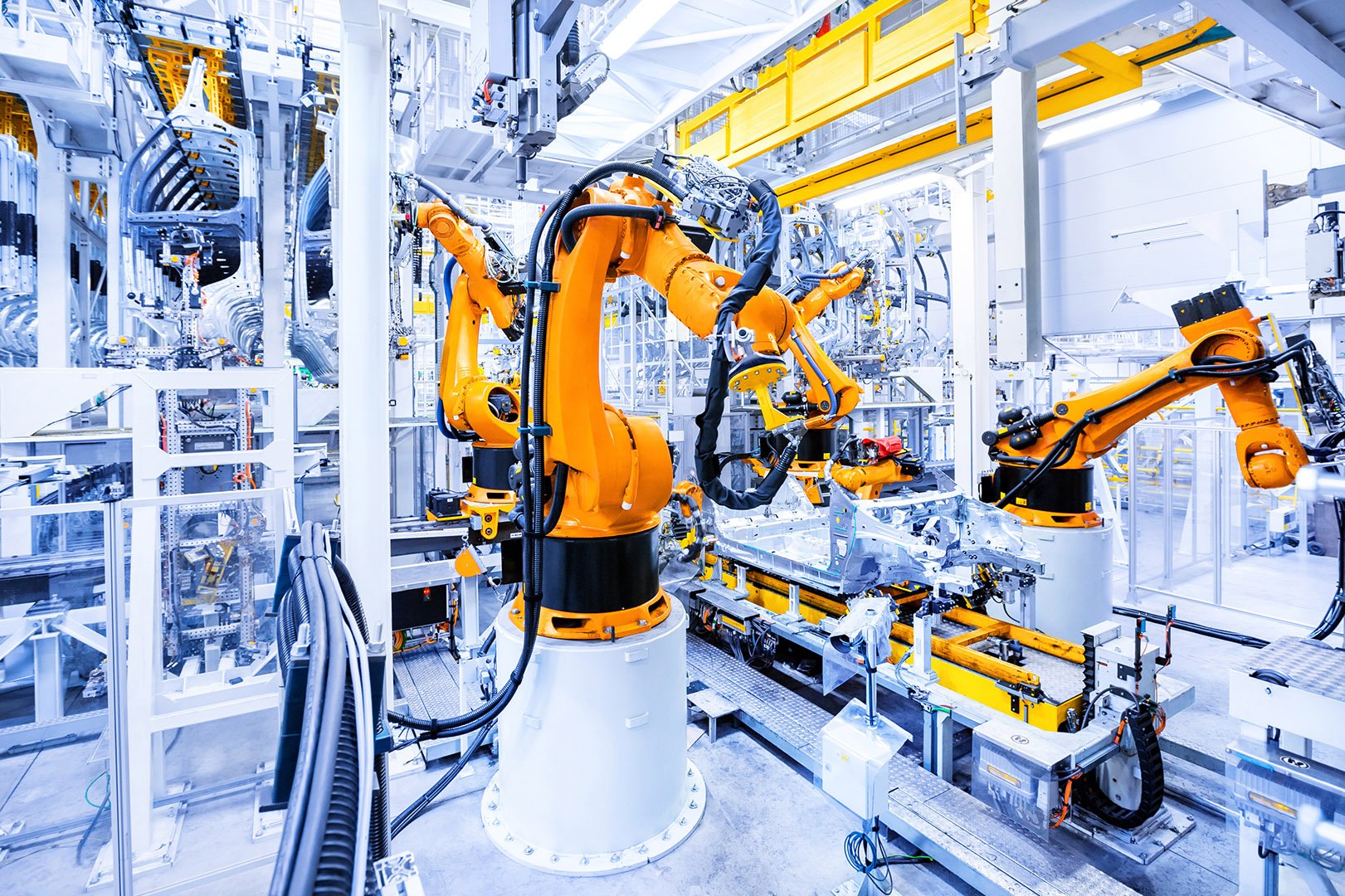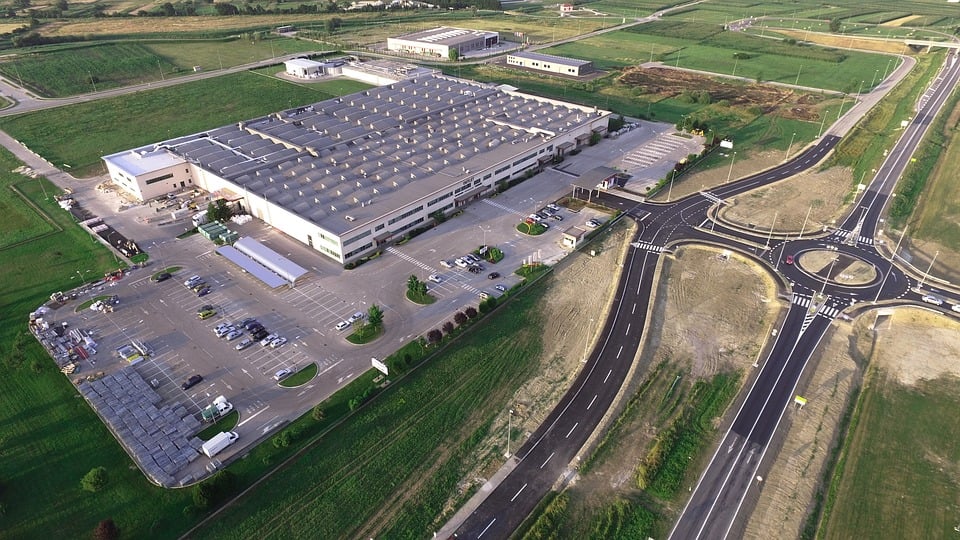Sustainability | August 10, 2023
Five Strategies to Mitigate Impacts of Extreme Heat in Your Real Estate Portfolio
The summer of 2023 was a scorcher, from the West Coast to the East Coast. Heatwaves and thunderstorms have blanketed the country, and the first three weeks of July were the three hottest weeks on record globally.
From Texas to the PJM region, battling heat advisories and major thunderstorms has become the new norm, even as we enact efforts to mitigate the worst impacts of climate change. Elevated temperatures cause electrical equipment, such as utility transformers and power lines, to operate under distress, potentially leading to disruptions in service. This distribution causes a ripple effect on the buildings where we live, work, and play. Overloading the electrical grid can lead to blackouts, contributing to equipment failures and significant pollution upon restart.
In this blog, we will discuss the importance of preparing your buildings and real estate portfolio for extreme heat and highlight the significance of sustaining your facility to adapt to these harsh conditions.
Common Impacts of Extreme Heat on Facilities
There are two main financial considerations for facilities as extreme heat becomes our new normal.
Increased energy consumption - As temperatures rise, building systems need to work harder to maintain comfortable temperatures. This can lead to a significant increase in energy consumption and greenhouse gas emissions, driving up operating costs.
Reduced equipment lifespan - Extreme heat typically means that cooling equipment is run longer and harder to maintain the same level of comfort. This accelerates wear and tear on the equipment, leading to premature failures, costly repairs, or unplanned replacements. Long, often erratic lead times on parts and labor only exacerbate the problem.
Preparing your real estate portfolio for extreme heat events can mitigate the material risk of increased temperatures, as well as improve comfort for your occupants and save on operating and capital expenses.
Five Strategies to Mitigate the Impacts of Extreme Heat
Here are three strategies to prepare for the continued impact of extreme heat on your facilities:
- Implement Resilient Building Systems - Upgrading and reinforcing critical components can enhance the overall reliability of your facility. This includes making sure that your walls, roof, and windows are well-insulated. Investing in resilient infrastructure is key to withstanding extreme weather conditions. Evaluate your facility's current systems and equipment to identify any vulnerabilities.
- Embrace Renewable Energy - Harnessing renewable energy sources can be a game-changer in times of extreme heat. Solar power and storage, wind energy, and other sustainable resources can help meet increased electricity demands without relying solely on traditional fossil fuels. By making your facilities more independent in their energy generation, you can mitigate the effect of grid outages on operations and comfort. Additionally, incorporating renewable energy into your energy portfolio contributes broadly to global sustainability and mitigates the impact of climate change.
- Prepare for Thunderstorms - In addition to extreme heat, summer often brings severe thunderstorms. Protect your facility against potential damage by ensuring that it is adequately equipped to withstand high winds, heavy rainfall, and lightning strikes. Implementing lightning protection systems and carrying out routine maintenance to prevent water leaks from your roof can prevent further structural issues.
Having done all that, there are still tactics you can employ to react to extreme heat and mitigate its impact, including:
- Focus on Energy Efficiency - As temperatures soar, so does the demand for cooling. Speak to your facility or energy consultant to adopt energy-efficient practices, such as using programmable thermostats, sealing air leaks, and optimizing HVAC systems. Energy conservation during peak times can significantly reduce the strain on your facility and the entire power grid.
- Engage in Demand Response – Embracing this approach can offer dual benefits for both your facility and financial plans. Reducing electricity usage during peak demand periods serves as a preventive measure against blackouts and brownouts. Moreover, it translates into savings by minimizing the need to construct new power plants or upgrade existing infrastructure.
As we continue to face extreme summer heat and weather conditions, facilities that prioritize sustainability and resilience measures will save on costly expenses caused by extreme weather. By proactively planning for our new reality and embracing energy efficiency—both with cooling systems and building envelope—and renewable energy, building owners and operators can leverage their facilities to achieve sustainability goals, as well as reduce operating cost and improve comfort for staff and guests.
The Best Way to Implement These Strategies
Engaging with a facility-focused sustainability consultant can take a strategy and turn it into action. By delving into facility data, an expert like this can begin to identify the facilities that are lagging and uncover the root causes to develop a plan that prioritizes high return on investment (ROI) improvements that lower operating costs. This enables building owners to prioritize specific projects across a portfolio to kickstart a proactive sustainability program. Lower operating costs enable building owners to look into the future for strategic capital expenditures like adding an energy management system or solar and battery storage that help organizations meet their deeper building decarbonization goals.
Contact a Mantis expert today and learn how you can kickstart your own journey toward sustainability that mitigates the impact of extreme heat.
Related Posts
Discover more content and insights from Mantis Innovation

Carbon Credits Explained: A Primer for Achieving Your ESG Goals
In the race to achieve net-zero emissions, carbon credits have become a crucial tool for companies with hard-to-abate emissions. As of 2024, almost half of the Fortune 500 companies have net zero

Five Trends Driving Data Center Facility Energy Optimization
Today’s digital economy, commercial and industrial digitalization, and the recent explosion in artificial intelligence and machine learning (AI/ML) powered computing are driving massive growth in

Modernizing Manufacturing Facilities: Practical Steps for Better Performance
In today's competitive manufacturing landscape, staying ahead requires more than maintaining the status quo. Modernizing facilities and operations is essential for improving efficiency, performance,

Modernizing Manufacturing Facilities: The Drivers and Direction
This blog is just a glimpse into the deep dive we take in our new white paper, Modernizing Manufacturing. Download the white paper here to skip the teaser and get the whole story. The stage is set